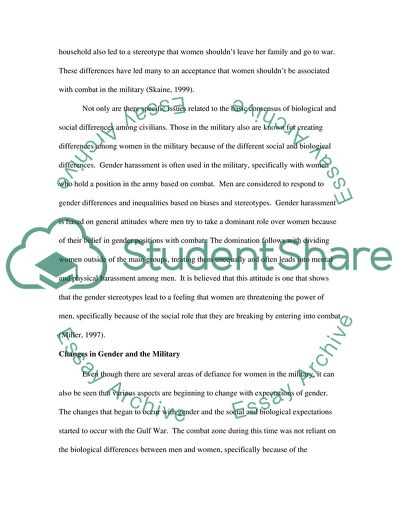Cite this document
(Gender Inequality and the Military Research Paper, n.d.)
Gender Inequality and the Military Research Paper. Retrieved from https://studentshare.org/gender-sexual-studies/1739920-why-women-should-have-the-right-to-fight-in-combat-zones
Gender Inequality and the Military Research Paper. Retrieved from https://studentshare.org/gender-sexual-studies/1739920-why-women-should-have-the-right-to-fight-in-combat-zones
(Gender Inequality and the Military Research Paper)
Gender Inequality and the Military Research Paper. https://studentshare.org/gender-sexual-studies/1739920-why-women-should-have-the-right-to-fight-in-combat-zones.
Gender Inequality and the Military Research Paper. https://studentshare.org/gender-sexual-studies/1739920-why-women-should-have-the-right-to-fight-in-combat-zones.
“Gender Inequality and the Military Research Paper”, n.d. https://studentshare.org/gender-sexual-studies/1739920-why-women-should-have-the-right-to-fight-in-combat-zones.


